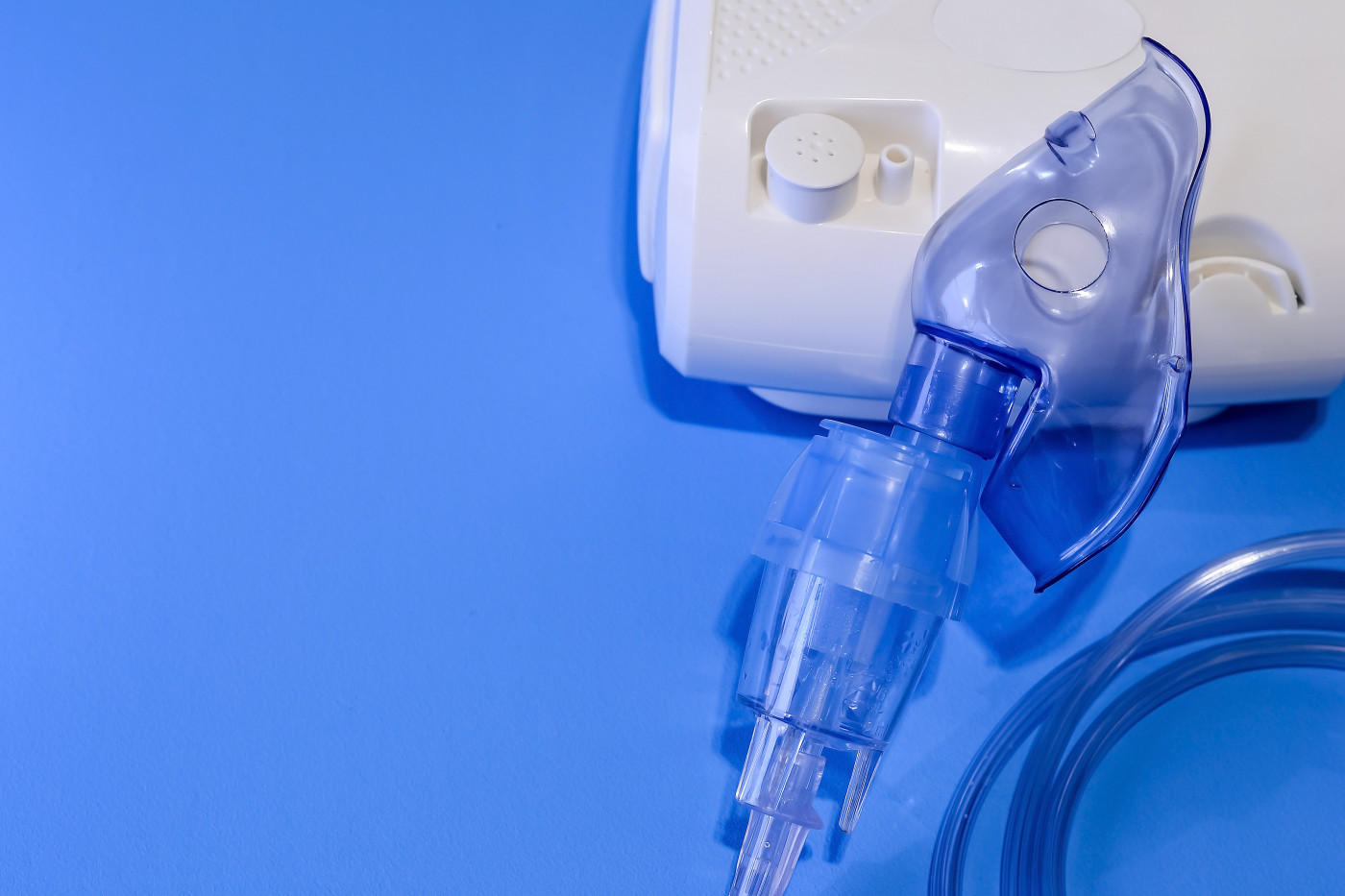Non-invasive Ventilation Improves Lung Function in CF Patients But Not Survival, Study Finds

A reassessment of U.K. medical records showed that in cystic fibrosis (CF) patients, breathing support provided by gas inhalation, through a face or nasal mask, helps improve lung function but not survival, researchers report.
The study “Non-invasive ventilation and clinical outcomes in cystic fibrosis: Findings from the UK CF registry” was published in the Journal of Cystic Fibrosis.
Airway obstruction in CF patients leads to difficulties in breathing, potentially resulting in respiratory failure. Non-invasive ventilation (NIV) therapy — the use of a face or nasal mask to provide inhalation gases for breathing support — is a commonly used method to aid airway clearance, reduce muscle fatigue, and assist lung function. NIV also serves as management therapy while a patient waits for a lung transplant in cases of chronic respiratory failure.
In children with neuromuscular conditions, such as Duchene muscular dystrophy, NIV has shown to promote longevity. However, comprehensive analysis to understand the pattern of NIV use and its impact on CF patient’s life expectancy is lacking.
Therefore, a team led by researchers at the Imperial College London reassessed the medical records of CF patients in the U.K. Cystic Fibrosis Registry to evaluate the impact of NIV use on lung function and survival. This registry is a national database that covers 99% of CF patients in the U.K., and stores information about their clinical status, lung function, and CF treatment collected every year as part of a yearly review process.
The Cystic Fibrosis News Today forums are a place to connect with other patients, share tips and talk about the latest research. Join today!
A total of 11,079 CF patients were listed in the registry between 2007 and 2015. Ten percent (1,107) of the total registered patients had received NIV therapy at least once. Among these patients, those 16 years of age or younger (375 patients) were grouped as children, while those older than 16 (732 patients) were considered adults.
The median age of CF children to start NIV therapy was 13.5 years, and it was 28.9 years for adults.
The team reevaluated the data based on the percent-predicted volume of air that can be forcefully exhaled in one second (ppFEV1), which was recorded before and after the start of NIV therapy, to assess its effects on lung function.
After accounting for factors that can impact ppFEV1 calculations, the team found that lung function improved by 0.70 in children after NIV therapy. However, this result was not deemed statistically significant.
In adults, NIV therapy significantly improved mean ppFEV1 values, which indicates a favorable impact on lung function. Specifically, in adults with very poor breathing before NIV therapy (as indicated by a less than 40% ppFEV1), a marked increase by 2.60 was noted post-treatment.
Despite the observed improvement in lung function, NIV use was found to be associated with an increased risk of death or transplant by 2.47 times in children and 1.96 times in adults. However, in children with low lung function at the start of NIV treatment (less than 40% ppFEV1), this risk was attenuated.
In total, 40% of NIV users were accepted for lung transplant, compared with 8.4% of the total CF patients listed in the registry.
The exact date when patients started NIV therapy is not specified in the registry, making it difficult to assess the impact of short- and long-term NIV use, the team noted.
“NIV initiation was associated with improvements in lung function but from our analyses this did not appear to affect overall survival,” the researchers wrote. “Further studies are required to better understand survival outcomes and ultimately improve NIV outcomes in CF.”







